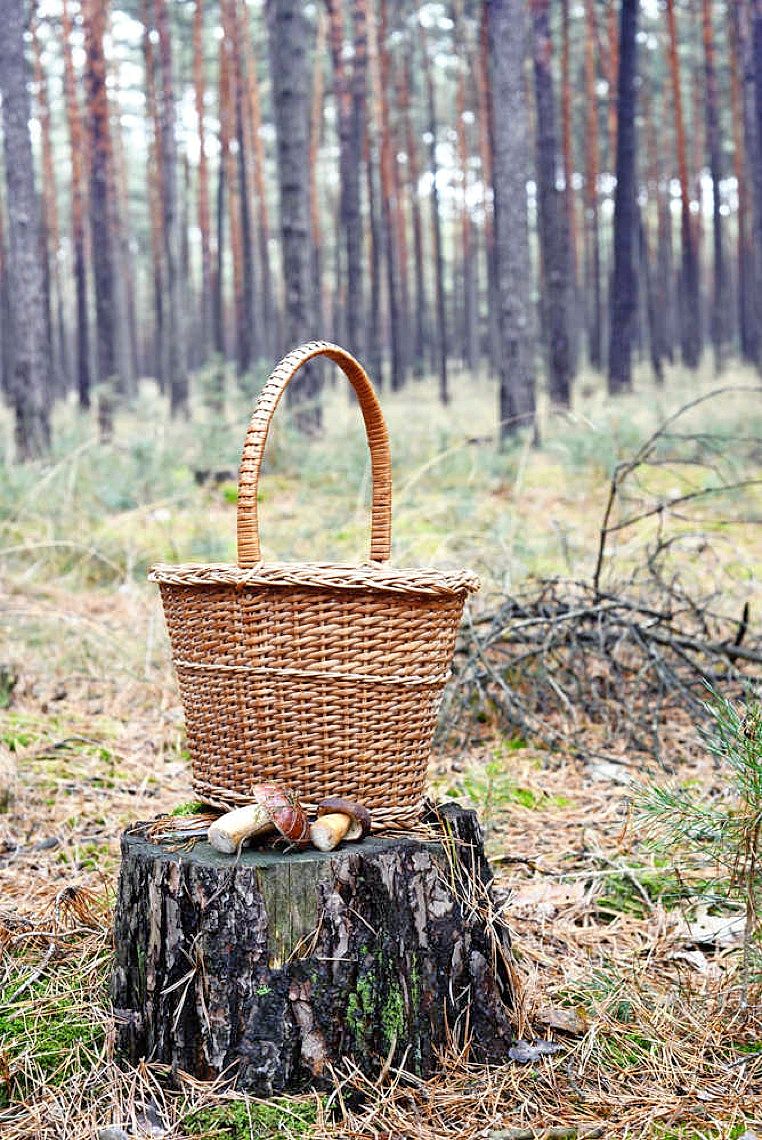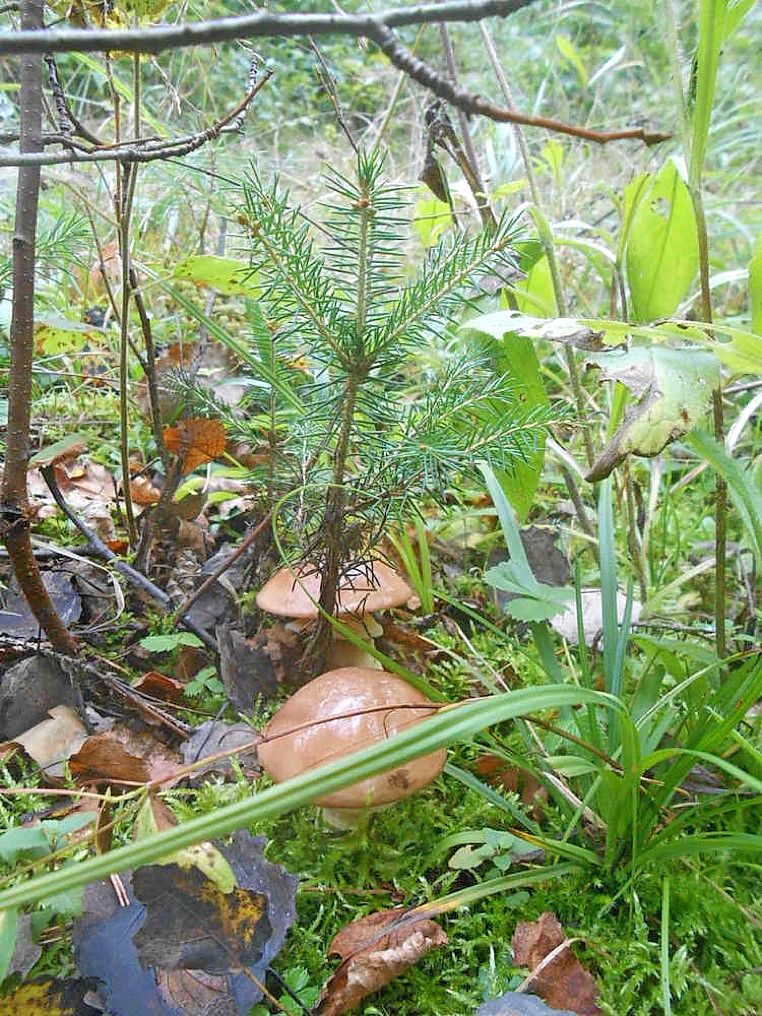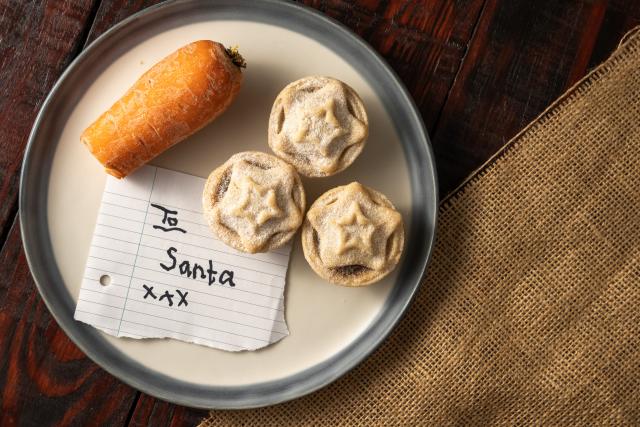If you go down to the woods today, you’re sure of a big surprise … but it won’t be a teddy bears’ picnic. It could instead be a feast of fabulous fungi.
From February (if it’s not scorching hot) through to August, the pine forests and bush areas of the Macedon Ranges are treasure troves of mushrooms – from wood blewits, saffron milk-caps and pines et al, to the highly prized slippery jacks.
Unless you’re a fungi aficionado (bearing in mind that most of Australia’s fungi species don’t even have a name as yet), it’s vital that newbies to mushroom foraging have an expert in tow. What can be seen as beautiful and enticing can lead to an excruciating death, while the weird and ugly can be the most delectable. Those red-spotted toadstools, for example, straight from nursery books, look incredibly cute but are poisonous, and if magic mushrooms are accidentally selected, they will give you a potentially dangerous ‘trip’ you didn’t bargain on.
The best time to go mushrooming is in the early morning when low-lying mists wreathe eerily through a hushed forest, an atmosphere highly conducive to poking around tree roots, under pine trees and in likely nooks and crannies.
Take an open-weave basket for collection (which allows spores to fall through to the earth to keep the growing cycle going), wrap up in wet-weather gear, step into tall gumboots and keep your eyes peeled.
Mushies are up to 90 per cent water, and delicate, so handle them as little as possible. Transport them in a single layer and use them as soon as possible. If storing in the fridge, arrange in a single layer and cover with a slightly damp tea towel.
Macedon Ranges chefs love the bounty of wild mushrooms to be found in their patch, so expect to see these culinary treats appear on menus as a ragu, in pasta dishes and piled on brekky toast.
Also, check out local foraging tours to join – these often culminate in a shared fungi feast.
*Advertising feature









